Blog
Explore the Power of Lithium Innovation
Stay updated with the latest trends, technologies, and application insights in the world of lithium battery solutions
Search the whole station
Explore the Power of Lithium Innovation
Stay updated with the latest trends, technologies, and application insights in the world of lithium battery solutions
When it comes to charging lithium batteries correctly, I’ve learned that it not only extends their lifespan but also keeps them safe. Using the right charging methods is very important, especially since different types of lithium batteries—like lithium nickel manganese cobalt oxide (NMC) and lithium iron phosphate (LFP)—have different charging recommendations.
For instance, I usually fully charge LFP batteries regularly, while NMC batteries don’t need frequent full charges. Following these guidelines keeps the battery in optimal condition.
Before charging, it helps to know what a lithium battery pack actually is. A battery pack is made by processing, assembling, and packaging individual lithium battery cells—a process called PACK.
A pack can be a single cell or a series-parallel combination. Typically, it includes:
Knowing the pack structure is important when charging series or parallel-connected batteries.
Charging a lithium-ion battery uses an external power source to push lithium ions from the cathode to the anode. Electrons move in the opposite direction externally, from the anode to the charger, and into the cathode.
During discharge, lithium ions move back to the cathode while electrons flow through the external load.
In simple terms:
Internally, ions cross multiple interfaces: cathode → cathode-electrolyte interface → electrolyte → separator → electrolyte-anode interface → anode bulk.
I usually use series charging because it’s simple, low-cost, and easy to implement. However, individual cells may differ in capacity, internal resistance, or self-discharge. The smallest capacity cell can fully charge first, and continuing series charging may overcharge that cell, so monitoring is important.
When charging batteries in parallel, balancing is key. Each cell must be equalized to prevent performance and lifespan issues. Common balancing methods include:
Charging lithium-ion batteries involves four main stages:
For high-quality batteries, the typical charging range is 0°C–45°C. Cheaper batteries may charge safely from 8°C–45°C. Some allow up to 60°C, but with a reduced charge rate.
For parallel-connected lithium batteries, follow manufacturer instructions closely. Protection chips help, but proper charging practices prevent potential damage.
By keeping these points in mind, you can charge custom lithium battery packs safely, maximize their lifespan, and maintain reliable performance in all your devices.
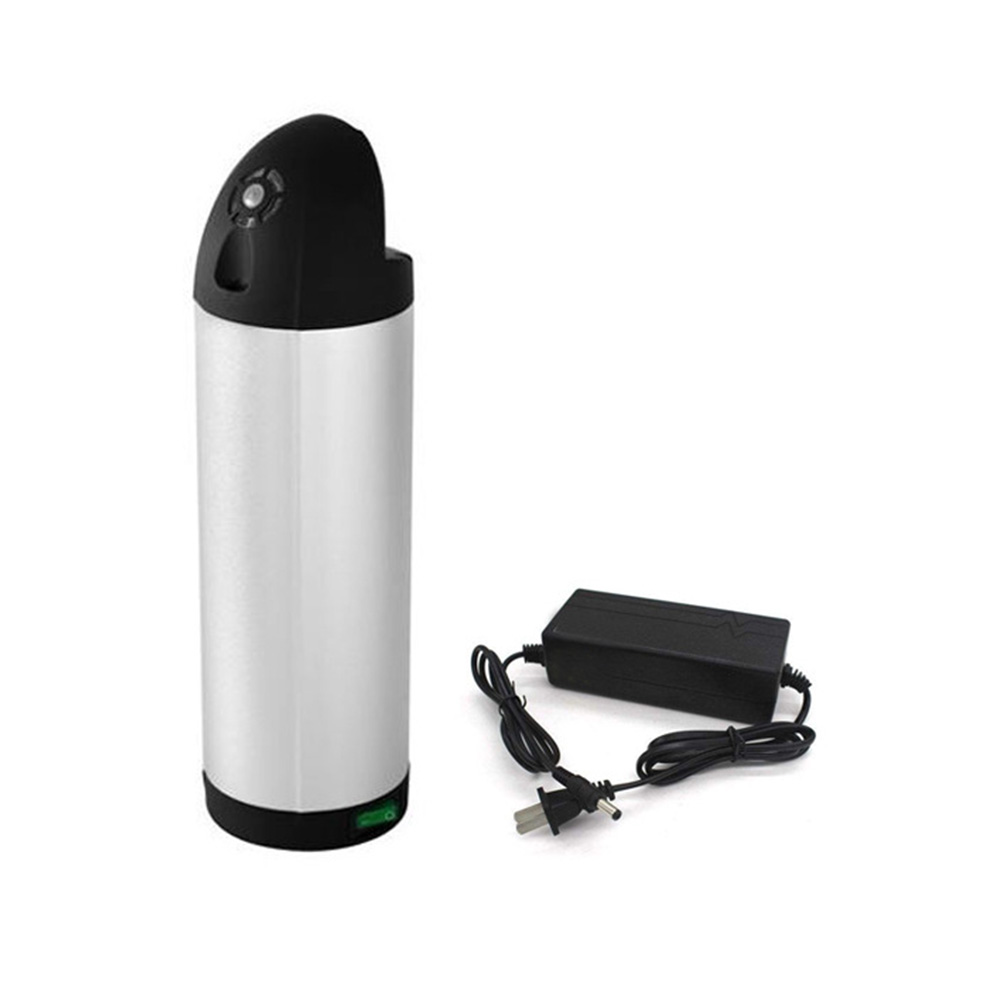
High-performance 36V 10Ah water bottle lithium battery for electric bikes. Lightweight 3.5kg, fast charging in 1.5–2 hours, safe & durable with up to 500 cycles. Ideal for commuting and long rides.
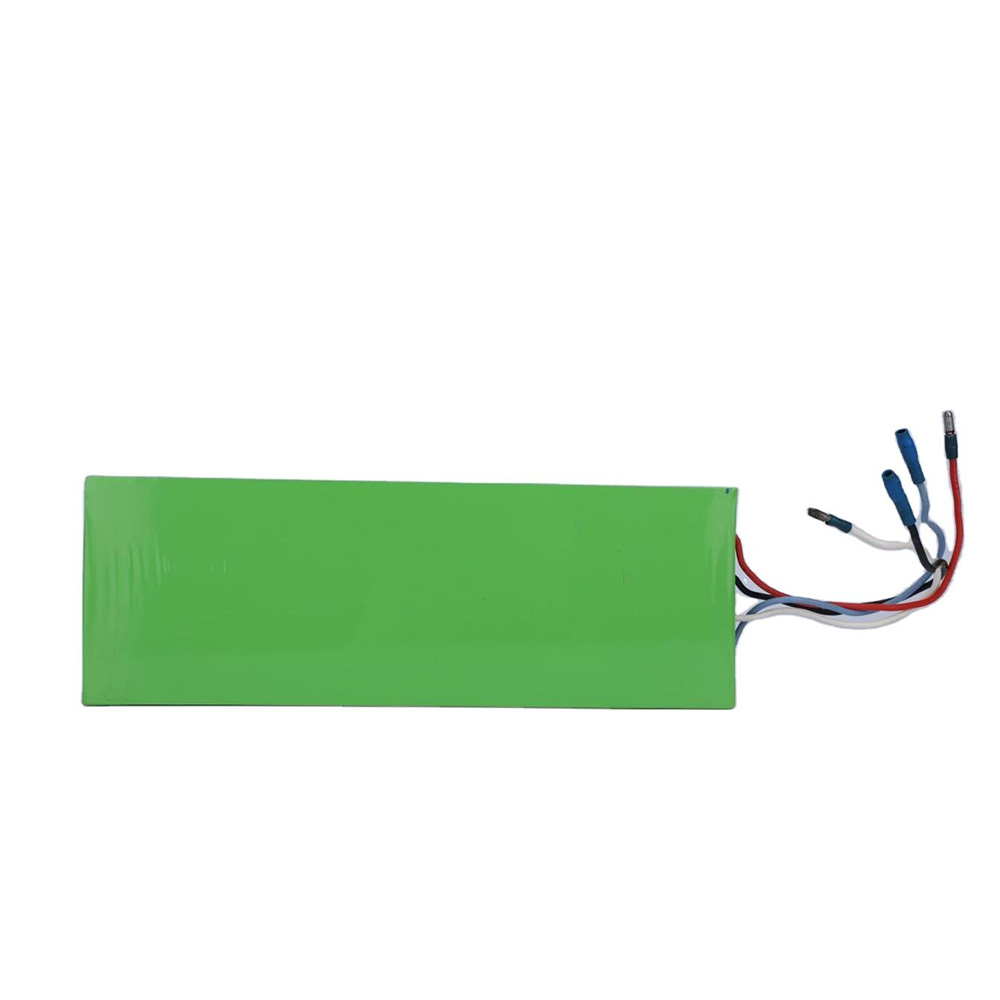
high-performance 18650 Battery 4000mAh, offering stable 24V power and deep cycle support. Perfect for electric scooters, power tools, and energy storage systems. Built-in safety protections ensure long-lasting, reliable performance.
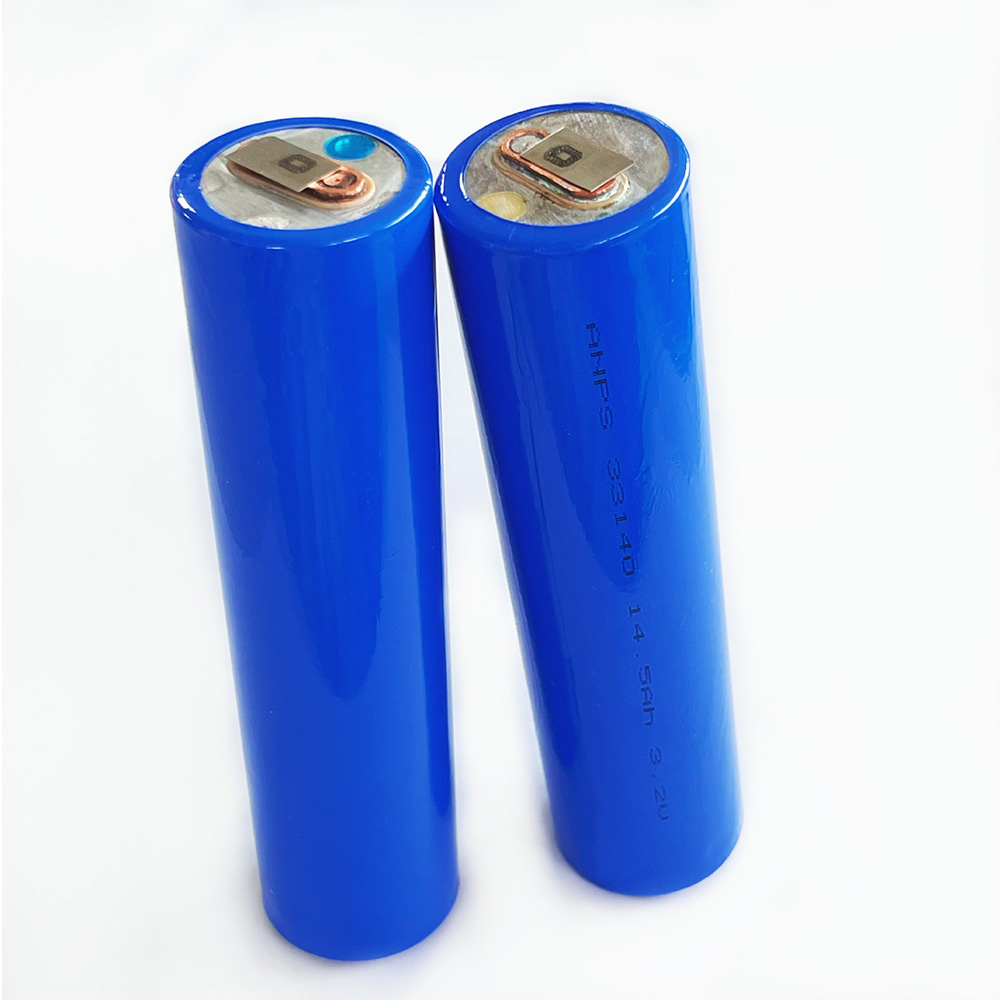
Apsenx 33140 LiFePO4 battery cell (14500mAh, 3.2V). High capacity, long cycle life, safe chemistry. Ideal for ESS, EV, UPS, and solar storage.
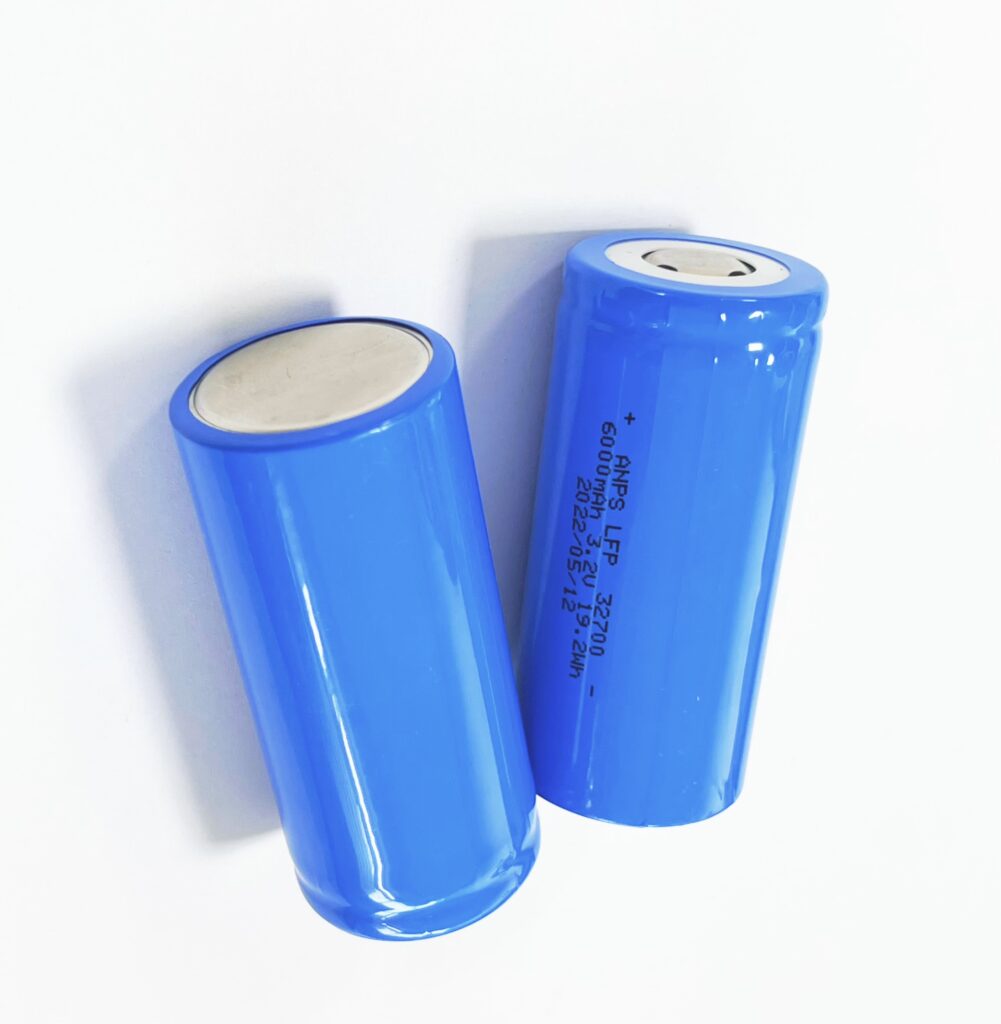
Reliable 32700 LiFePO4 battery with 6000mAh capacity, 2000+ cycles, and advanced safety features. Perfect for EVs, solar storage, and backup power solutions.
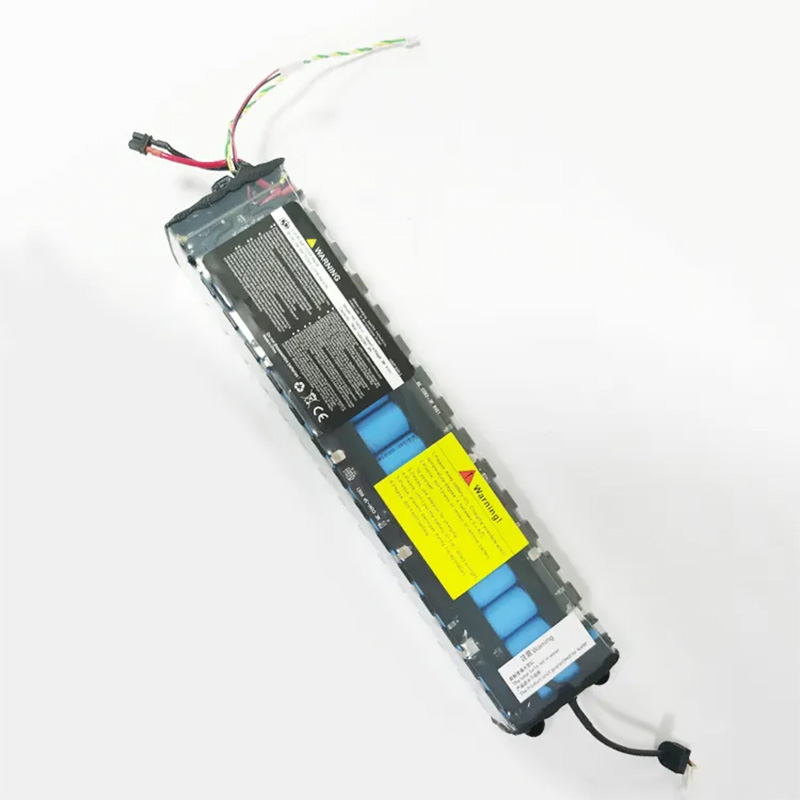
Durable 36V 6600mAh electric scooter battery with 500+ cycles. High energy density, fast delivery, OEM/ODM customization. Perfect M365 replacement.

Discover premium wholesale 21700 3.7V 5000mAh lithium-ion cells from a trusted manufacturer. Built for electric vehicles, power tools, and electronics, our high-capacity rechargeable batteries deliver exceptional performance, long cycle life, and unmatched safety. OEM & ODM customization available.
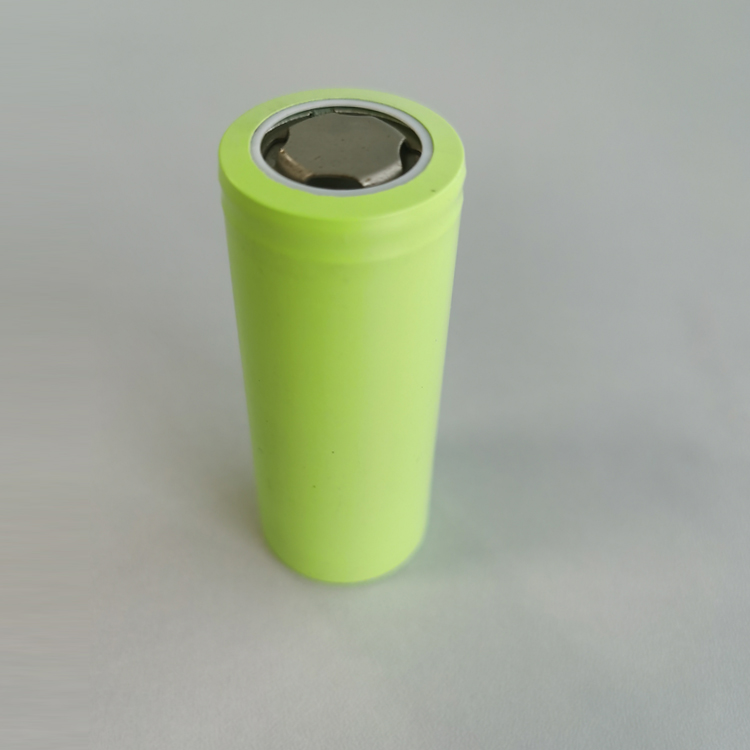
Experience long-lasting power with our premium 26650 3.7V 5000mAh lithium-ion rechargeable batteries. Perfect for EVs, power tools, and solar storage systems. OEM & ODM customization available, bulk pricing, and fast delivery worldwide.
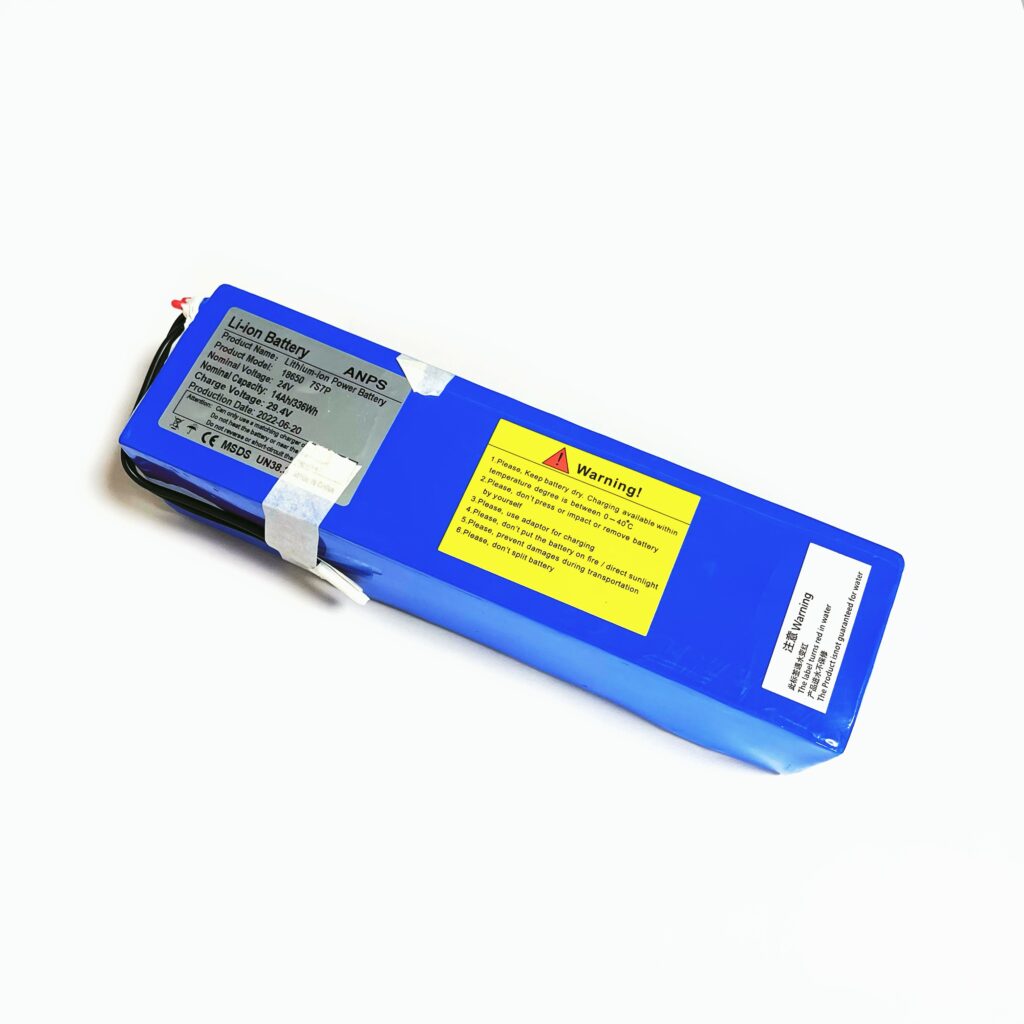
Buy high-quality 24V 14Ah lithium-ion scooter battery packs directly from the factory. Featuring A-grade 18650 cells, 7S7P configuration, long cycle life, and OEM/ODM customization. Fast delivery, CE/MSDS/UN38.3 certified, and backed by a 3-year warranty.
how to extend the lifespan of agricultural drone batteries. Learn the impact of battery type, environment, charging habits, and BMS management for longer, safer operation.
View detailsDiscover the top 5 high-performance long-endurance industrial drone batteries in 2025. Explore capacity, discharge rates, and customization options for agriculture, inspection, mapping, and logistics drones.
View detailsShenzhen Apsen Technology Co., Ltd provides reliable standard and custom lithium battery packs for medical devices, energy storage, and agricultural drones. Discover how their high-performance batteries, advanced BMS, and tailored solutions enhanc...
View detailsErfahren Sie, wie Lithium-Eisenphosphat-Batterien (LiFePO4) im Großhandel Solaranlagen effizient und nachhaltig mit Energie versorgen. Vorteile, Anwendungen und maßgeschneiderte Lösungen im Überblick.
View details
HelloPlease log in